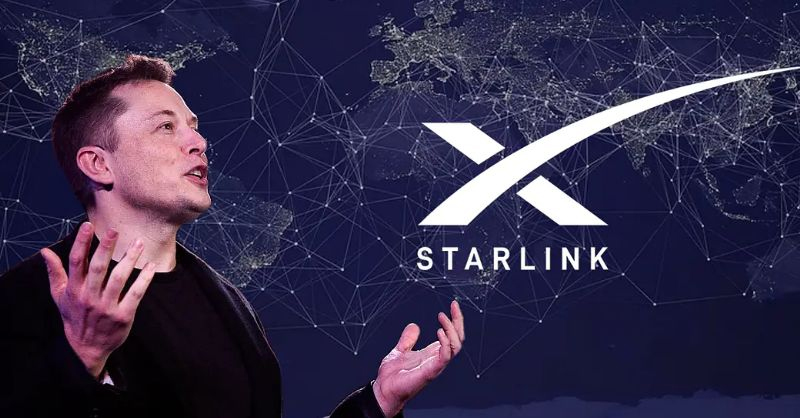More than 120 Starlink satellites operated by billionaire Elon Musk’s SpaceX plummeted back to Earth in January 2025, alarming scientists and environmentalists. The incident also highlights growing fears about space debris and atmospheric pollution linked to satellite networks.
While SpaceX assures its satellites disintegrate completely—leaving no debris or safety risks—scientists warn of hidden dangers. Burning satellites release aluminium oxide, a compound linked to ozone layer depletion.
SpaceX developed the Starlink satellite network to provide “low-cost internet access” to remote locations. However, the rate of satellites in orbit is increasing as the constellation keeps expanding.
The 120 Starlink satellites that re-entered Earth’s atmosphere turned into spectacular fireballs as they burned up.
Satellite issues
Four to five of these satellites burned up daily in January, Astronomer Jonathan McDowell noted.
SpaceX replaces older satellites with newer ones, and the lifespan of around 500 of the first-generation Starlink satellites has already ended.
Nearly 7,000 satellites are being operated by SpaceX and now the company is planning to refresh its satellite network every five years. As the re-entries of satellites are planned, atmospheric pollution is a major concern now.
The disintegration of these satellites results in the release of metallic vapours into the atmosphere. In 2023, satellite debris was found in aerosols 60,000 feet above Alaska. Scientists fear aluminium oxides from re-entries could harm the ozone layer.
These oxides have increased eightfold from 2016 to 2022, research shows. Scientists have already warned that this could change atmospheric chemistry in unpredictable ways. Despite concerns, SpaceX says its satellites fully burn up, leaving no debris.
Critics urge stricter regulations as private companies rapidly expand space infrastructure. “We’re conducting an uncontrolled experiment with Earth’s atmosphere,” warned McDowell. SpaceX maintains its commitment to sustainability, but experts argue the rush to dominate satellite internet demands greater transparency and environmental safeguards.
Generally, SpaceX launches satellites in batches of 20 or more. These satellites are designed to stay in low earth orbit for around five years before they are deorbited and allowed to burn up in Earth’s atmosphere.
Space X is one of the major projects for Elon Musk who has been intent on expanding the reach of his Starlink satellite network in as many nations as possible. Although China and Russia have warned that the satellite network are a threat to their national security and are working on defence projects to neutralize the Musk project.
Starlink network has also been found to be in use by criminal and armed outfits, previously the technology has been discovered with drug peddlers as well as anti state organizations in the Indian subcontinent. Although Musk has assured of the technologies safety it is also to be noted that he is now an official part of the US administration and his tech might also be linked to the US state units, further damaging their credibility.
With environmental and security concerns rather high. Despite its many positives, it seems countries remain extremely mindful of how much access they can give to the company.
